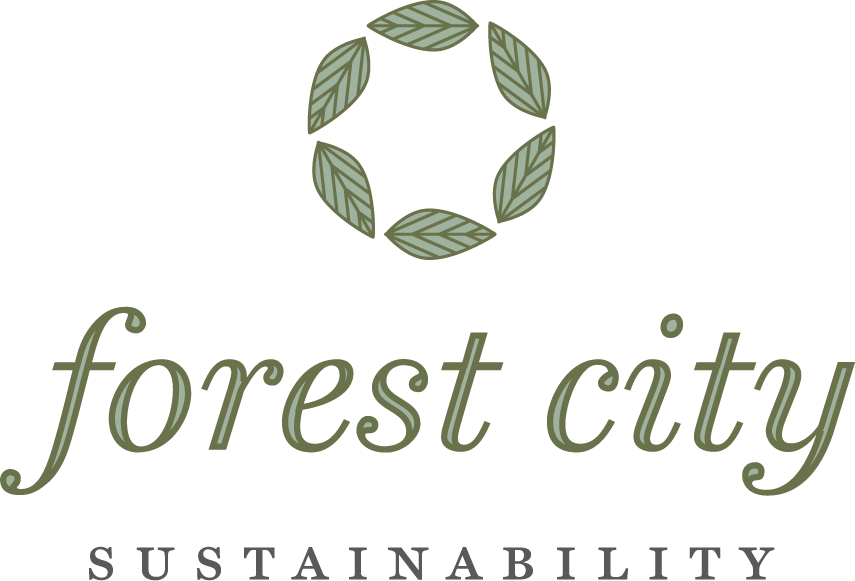Dealing with my little gas problem, Part 2: Cooking with Electric
Armed with my new determination to act and goaded by Black Friday, I Switched from Gas to an Electric Range
Motivation 1: I want to reduce my carbon footprint, and I want to stop burning fossil fuels. Direct combustion of natural gas is considered a Scope 1 emission. The gas we use for cooking probably represents less than 1% of our total household greenhouse gas emissions. Every little bit counts, but this action is admittedly more symbolic than meaningful.
Motivation 2: Reduction of indoor air pollution. Granted, I have no indication that this is a problem. Internet exploration indicates that cooking with gas can produce carbon monoxide and nitrous oxide and that these compounds can have negative health consequences, especially with those with asthma or COPD. A much simpler solution to this problem is to vent the combustion products outside. We have a hood, but it isn’t vented to the outside – it just pulls the air over the range through a carbon filter and exhausts it back into the room. That doesn’t cut it. Also note that to vent to the outside, the house needs to be leaky – crack a window somewhere. Also not ideal. As a potentially useless anecdote, a friend can watch the air quality indicator on his air cleaner change from green to red when they turn on one burner on the stove. Did I mention that we like it when the grandbabies visit?
Motivation 3: I can’t demonstrate it analytically, but logically the switch to electric (particularly induction) will require less energy and (depending on rates) ultimately reduce our energy expense. Economically, this motivation by itself is a loser. Given the investment, payback is likely to be on the order of multiple decades. Rebates for energy efficient appliances are offered through ComEd, our electricity supplier. That should help a little.
“Cooking with gas” – some cooks are passionate about their gas stoves. They can’t imagine any other option. We have had ranges with coil-type “burners”, a radiant cooktop, and now gas. We were able to make each of them work. Our new range will have an induction cooktop. It is more expensive than other technologies, but there are anecdotally an increasing number of cooks and professional chefs that swear by this advancement – especially when it comes to a low simmer or when wanting to boil water quickly.
There really is nothing functionally wrong with our existing gas range. Replacing it before its time has certain tradeoffs. Sure, we won’t be burning fossil fuels, but the new range comes with a substantial carbon footprint from the materials and energy that were consumed in manufacture and transportation. So, the next question is: what do I do with the old one? The appliance retailers will make it disappear for about $50. Since it still has service life, I would hate to see it end up in the landfill. My plan is to give it to the Restore, run by Habitat for Humanity.
The appliance retailer: I wanted to optimize 3 factors – buy local, price, and sustainability. I ended up going with a Big Box store that had a nominal, but flashy sustainability story and the best price. Two out of three. I would have paid the higher price to the local appliance retailer if they had replied to my request to meet and discuss challenges and opportunities to reduce their impact on the environment.
Oh, and there is this fine print: The new range requires 220V, so I have hired an electrician to upgrade from 110V. I’ve also hired a plumber to cap the gas line. The Inflation Reduction Act included funding for service upgrades like this, but Illinois has apparently not decided to participate. And, to top it off, we need to replace any aluminum cookware with pots and pans that respond to a magnetic field, mostly some types of stainless steel and cast iron. This is required to take advantage of induction technology. This last challenge provides the opportunity to get rid of any existing cookware based on forever chemicals (PFAS, PFOA, Teflon).
I would understand if well-motivated individuals decided that there were other, more beneficial and less costly sustainability starting points. I’m happy to have the learnings through this exercise and I was going to need to do this at some point anyway.
